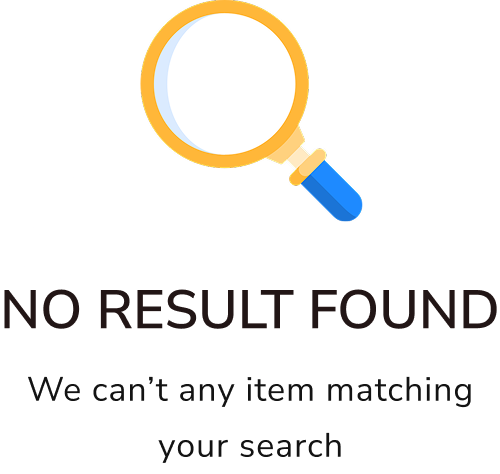Understanding Engineering Beyond Drawings
Engineering encompasses everything necessary to transform an idea into a functional reality. While many associate engineering primarily with technical drawings, these are merely a language of engineering—a way for engineers to communicate effectively.
In industries like food processing and factory design, engineering plays a critical role in converting customer needs into efficient, safe, and sustainable food production facilities.
The Engineering Process: From Concept to Execution
Every engineering project begins with a customer's requirement. However, fulfilling that requirement involves multiple steps:
- Understanding Customer Needs – Identifying the functional and operational requirements of the food factory.
- Conceptualizing a Viable Solution – Designing the facility layout, selecting equipment, and ensuring compliance with food safety standards.
- Planning Everything – Developing a roadmap for project execution, considering factors like workflow optimization and hygiene control.
- Executing Through Optimal Design, Procurement, and Construction – Implementing GMP-compliant designs, sourcing quality materials, and ensuring regulatory compliance.
The Hidden Complexity in Food Factory Design
Often, customers see only the tip of the iceberg when setting up a food processing plant. For instance, someone planning a potato chips factory might focus on frying techniques but overlook critical elements like:
- Temperature control and heat efficiency
- Pump and valve selection
- Automation and control systems
- Hygiene and clean-in-place (CIP) systems
It is the responsibility of food industry engineers to bridge this knowledge gap and deliver a fully functional, optimized, and safe food production facility.
Engineering for Safe Food Production
Unlike other industries, food engineering has a dual goal:
- Producing the food product efficiently
- Ensuring food safety by preventing contamination
Contamination can originate from multiple sources:
- Inside the factory – Machinery, building materials, personnel, etc.
- Outside the factory – Raw materials, air pollution, water sources, etc.
Contaminants are carried into food products by various carriers such as:
- Airborne particles
- Personnel handling
- Insects and pests
How Engineering Ensures Food Safety
Complete elimination of contamination sources is impossible—we cannot remove all machinery, personnel, or air from a factory. However, we can:
- Minimize contamination sources through hygienic facility design
- Restrict contamination carriers via controlled airflows, automation, and proper sanitation protocols
The Solution: Good Engineering
The foundation of safe and efficient food production lies in well-planned engineering design. From factory layout optimization to process automation, the right engineering approach ensures cost-effective, high-quality, and regulatory-compliant food manufacturing.
 PMG stands for Projects Management Group. We provide state-of-the-art Engineering Services to build world-class food processing factories.
PMG stands for Projects Management Group. We provide state-of-the-art Engineering Services to build world-class food processing factories.  Engineering is the difference between Chaos and Excellence. If you are going to do it, do it right.
Engineering is the difference between Chaos and Excellence. If you are going to do it, do it right.  Explore the diverse range of Products in the Food Processing Industry.
Explore the diverse range of Products in the Food Processing Industry.  Explore the technologies at the heart of the the Food Processing Industry.
Explore the technologies at the heart of the the Food Processing Industry. 


 Back
Back 



